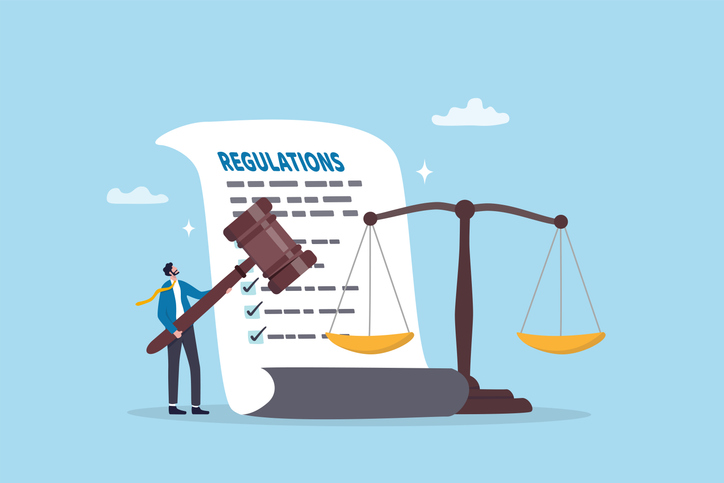As well as certain measures you can put in place, there are a variety of computer/software programmes that can help you get your forecasting right.
“Most people think that a forecast involves working out sales, costs and profits but the key element is what cash you have in your business – what’s in the bank,” explains Geoff Bristow, founder of Cashflow Wizard, a downloadable online solution which builds your cashflow forecasts in Excel, accredited by the Institute of Chartered Accountants.
Ideally, try and produce a forecast for a favourable set of conditions, and another one with conditions that are less favourable. The purpose of a forecast is to highlight when your need for cash is at its greatest, so you can show what your funding requirements are.
Bristow believes that imagining the ‘worst case scenario’ or testing a series of assumptions against your figures can help.
“It is better to be conservative. The banks are looking for realistic, well-thought through assumptions. They will run a mile if they see too many numbers followed by zeros, and someone who claims they will be a market leader. It’s a good idea to test your assumptions with other people in your business, or an adviser,” suggests Bristow.
Bristow suggests the following points to help you improve your forecasting skills.
- Work out the exact timings of when fixed costs and payments, such as rent, are made
- If you are waiting on outstanding payments from customers, work out how they will pay you and when. You can’t afford to make a broad assumption that they will pay as soon as you ask for it
- Use the above information to predict your cash levels for the future, for example, try and figure out how long customers will take to pay you and factor this into your cashflow and profit forecasts
- Work out when you will be paying your suppliers and prioritise these payments. For example, a telephone bill will need to be paid sooner than one for stationery
- Be conservative with your forecast. You want to show banks and investors that you have looked and accounted for worst possible scenarios
- Direct debits can be a good measure to put in place, as you know exactly when you will be receiving payment
- Get other people in your team to work on different aspects of forecasting – then you get the benefit of different opinions.
Also see: How to improve the accuracy of your sales forecasting





